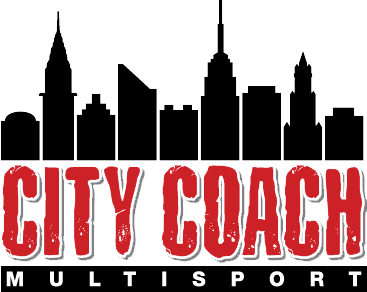PRP: What Is It, and Is It for Me?
Below is the first in a series of entries on injury treatment and prevention. The author is Sejal Vyas, a Physical Therapist and Managing Partner at Metro Sports PT. Sejal has treated many of our athletes over the years and brings a strong academic background as well as practical experience in Sports Medicine and as an athlete herself.
PRP has been the focus of media attention over the past few years because of its popularity and 'magic healing' properties especially among high profile sports figures. It has been used across the sports world from football to golf and across the body from shoulders and elbows to knees and ankles. But, when all the hype has settled, the question remains: what is it and is it for me?
What is it? PRP is Platelet Rich Plasma. Blood consists of numerous components which our bodies utilize to heal. Muscles, tendons and bones are often overused in sport activity and rely on blood and blood flow during the recovery phase to repair themselves. One component of blood is the plasma which is rich in platelets. The platelets are critical in blood clotting. The plasma and platelets contain the factors needed for cellular specialization (need the right kind of cells), recruitment (get all of the cells to the right spot), and proliferation (make many more of the exact cells that are needed). These factors are essential for proper and timely healing.
How does the treatment work? PRP is a highly concentrated portion of your own blood. Physicians draw a patient's blood and centrifuge it to separate out the platelet rich plasma. This substance is then injected back into the injury site. The side effects and risks are very low as the patient is using his or her own blood. Some patients may find the actual injection uncomfortable. Patients may also have to limit physical activity for a few days afterwards to allow the procedure to work.
What is it used for? PRP therapy is used for several types of soft tissue, bone, nerve, and chronic tendon injury. Examples are: tennis elbow, plantar fasciitis, Achilles tendonitis and rotator cuff tears.
Cost? PRP is very rarely covered by insurance and the costs can range fro $1000-$2500 for the treatment. Procedure technique and the equipment used to separate out the necessary blood components are very important. The time elapsed between the collection of the PRP, the injection into the injury site and the concentration of the plasma and platelets can make a huge difference in the effectiveness of the treatment.
Is it for me? Study results have lead to differing opinions in the clinical efficacy of PRP therapy. While the theories and treatments seem promising, the actual study results have been mixed. Testing is still in relatively early stages so long term outcomes have yet to be determined. Several clinical trials have shown positive results with PRP therapy especially in treating tennis elbow and achilles tendonitis, other studies have shown the same effects with placebo.
When considering PRP therapy, a few key items are important:
- Have I tried conservative measures?
- Can I afford it?
- Have I found a qualified and reputable physician to perform the procedure?
My experience: I have treated many patients that have tried PRP and even more that have considered it. Most of them failed to improve with conservative treatment including physical therapy, medications, rest, ice. The injuries that seemed to respond the best to PRP are tennis elbow, plantar fasciitis, Achilles and hamstring tendonitis. As with most therapies, PRP is not magic. It can be helpful in focusing all of the right materials into an area that seems to need them but the root causes of the injury still need to be addressed.
